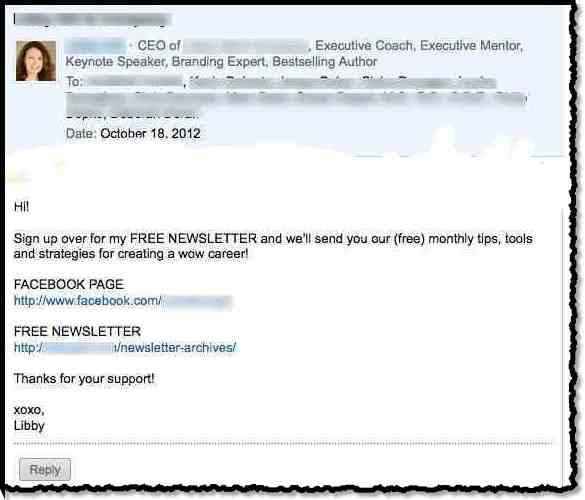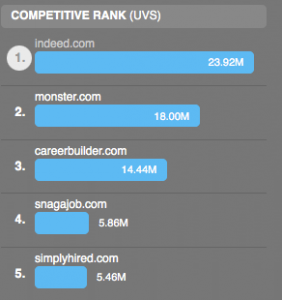With the recent announcement of the long-awaited “Facebook Job App”, and having read some pretty negative reviews, I started wondering what kind of impact will Facebook really have in the “recruiting industry”.
First off, everyone wonders…
“Will this kill LinkedIn?”
Not at all.
I think LinkedIn will benefit from the competition.
In the recruiting world it sometimes takes a 5-10 years for technology to get adopted. That’s not bad, it’s just what it is.
“Social Recruiting” is still very new to corporations as a recruiting tool.
With Facebook getting into the market, more money and resources will be spent by HR and recruiting departments to “figure out” how to use the systems.
Because the Facebook application is pretty much terrible, LinkedIn is going to get a bigger share of the growing market. The market will grow, and only one provider has a viable product.
Facebook will cause some problems for the traditional job boards though.
Monster and CareerBuilder are not going to be happy about this though.
Facebook will EAT Monster.
My guess is that this is a “shot-across-the-bow” for Monster.
The Facebook app isn’t ready for prime-time, and the problems don’t see to be engineering… They seem to be systemic. Luckily for Monster.
If Facebook really wanted to be in the market, why would they come up with such a terrible application? Why would you create 4 tabs and not integrate the results? Even if it’s a test, this could have been done better. Does Facebook really have the will?
Right now they have 1.7 million jobs.
Indeed has over 7 million and SimplyHired 5 million.
(Maybe Facebook should buy SimplyHired! Heck, they’re only down the street!)
My guess that Monster was grabbing at straws to be a “job posting partner”. With the failure of BeKnown, their social application where “unemployed people can hang out and chat with other mutually depressed unemployed people”, they didn’t have much to talk about on earnings calls.
In the short-term, the Facebook Job App, might keep the Monster name around, but it’s really just duct-tape.
Will Monster get access to job seekers? Probably. But, will they own the job seeker? No more!
(Think Steve Jobs, with the music industry. Apple creates a new distribution system and they own the client… game over.)
The big problem: Monster and Facebook share the same demographics.
Monster and CareerBuilder have to face is they share the same demographics of the Facebook members who are most likely willing to share professional profile information on a social platform, Gen Y.
Gen Y and other younger generations are the life blood of monster. Monster and CareerBuilder sell more job postings and resume database seats to companies with high volume staffing requirements; part-time, entry-level, and middle to lower management positions.
Unfortunately, for Monster and CareerBuilder, this is probably the most probable market for Facebook.
Gen Y has been using Facebook as part of their life for many years now. Meanwhile, they aren’t on LinkedIn.
LinkedIn is for building your career, not your average conversation for a 20-30 year old.
Gen Y might not care about including professional information on their profile, whereas Gen X and older generations hardly cross the social / professional online barrier.
As a result, you might see Facebook being adopted by Gen Y, while Gen X sticks with LinkedIn. Two different markets, two different platforms.
Just prepare for a new low of about 25% for the Monster stock in the next 12-24 months…
Just my thoughts.
Jonathan Duarte





